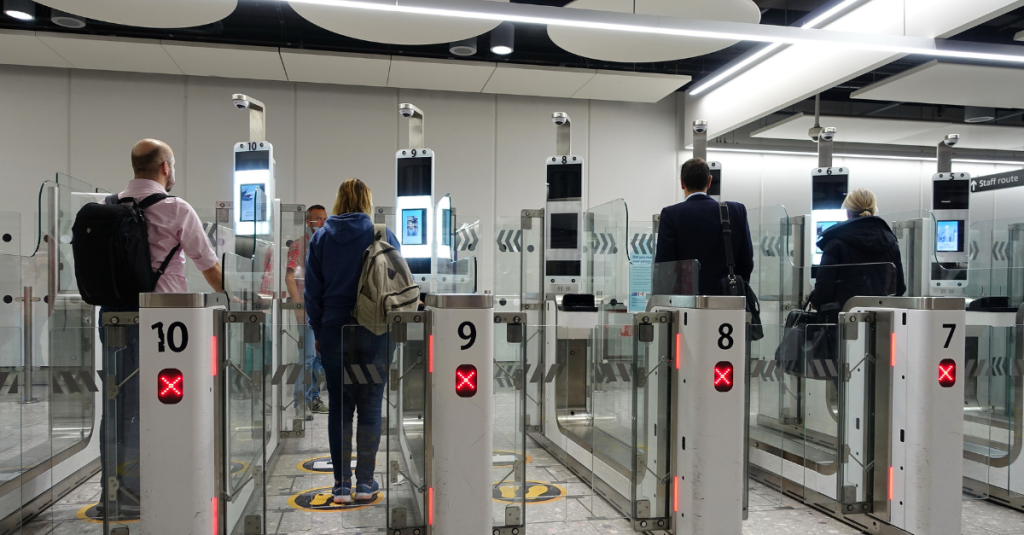A technical failure at UK airport e-gates caused extensive disruptions for arriving passengers, leading to long queues and delays. The e-gates, which utilise facial recognition technology, went offline late Tuesday, impacting major airports, including Heathrow and Gatwick.
The Home Office confirmed that the issue was resolved shortly after midnight. While the exact cause remains unknown, officials assured that border security was uncompromised, with no indication of cyber threats. Apologies were extended to travellers and partners for the inconvenience caused.
On Tuesday evening, a sudden failure in the automated e-gate systems at several UK airports led to significant delays for incoming passengers. The disruption affected major hubs such as Heathrow, Gatwick, and Manchester, among others. Passengers faced long queues as airport staff worked to manage the situation manually.
Social media quickly filled with images and reports of the chaos, with many travellers expressing frustration at the delayed processing times. One individual reported that their time spent in queues exceeded their flight duration.
The Home Office acted swiftly, deploying a large-scale contingency plan within minutes of detecting the issue. Engineers identified the problem around 7:44 pm, and the e-gates were back online just after midnight.
A spokesperson confirmed that at no point was there a compromise to the integrity of border security. There was also no evidence to suggest any malevolent cyber activity had caused the failure.
The temporary failure was a reminder of the vulnerabilities in airport technology systems. Centres like Belfast, despite not having e-gates, experienced system impacts, complicating operations and exacerbating the issue.
More than 270 electronic passport gates operate across 15 UK airports and train stations, illustrating the wide dependency on these systems for efficient border control.
This incident drew parallels to a similar event that occurred nearly a year ago during a busy travel period. On that occasion, a similar failure of e-gates led to extensive delays and inconvenience.
Such disruptions highlight the need for robust backup systems and swift crisis management strategies to minimise passenger impact during system downtimes.
Airlines and airport authorities collaborated closely with the Home Office to manage the disruption. This cooperation ensured that the problem was resolved as quickly as possible, limiting further complications.
The Home Office expressed gratitude to these partners for their support and cooperation during the incident, demonstrating the importance of efficient communication and teamwork in crisis situations.
Passengers were vocal about their experiences, sharing stories of missed connections and extended wait times. While some expressed understanding, others highlighted the inconvenience caused by the unexpected delay.
Such testimonials underscore the essential nature of reliable airport systems, particularly for passengers who travel frequently and cannot afford delays.
This incident underscores the importance of continuous monitoring and upgrading of technological systems in airports to prevent future occurrences.
It also calls for enhanced communication strategies to better inform travellers during unexpected delays, ensuring they receive timely updates and support.
The swift resolution of the e-gate failure reflects the effectiveness of current contingency plans, though it emphasises the need for ongoing system improvements. Ensuring robust backup and communication systems remains crucial for maintaining seamless airport operations and mitigating passenger inconvenience during technical failures.

